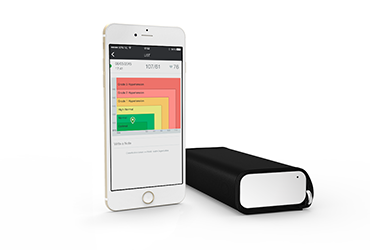Low blood pressure, also known as hypotension, is when the blood pressure in arteries is abnormally low. The heart pumps blood around the body through arteries, veins, and capillaries. Blood pressure is a measure of the force of the blood on the walls of the arteries as the blood flows through them.
What would be classed as low blood pressure?
Blood pressure values are expressed by two numbers: systolic – the higher value, and diastolic, the lower value. It’s measured in millimeters of mercury (mmHg). Low blood pressure is classified as a measurement below 90/60. If just one of these values is below this threshold, a measurement qualifies as hypotensive.
What causes low blood pressure?
There are several reasons why blood pressure might drop such as dehydration, prolonged bed rest, pregnancy, heart problems, nutritional deficiencies, severe infection, or certain medications.
Can blood pressure be too low? And is low blood pressure dangerous?
Most medical professionals consider chronically low blood pressure too low only if it causes symptoms. Low blood pressure also does not necessarily mean that there is a problem. If you are experiencing low blood pressure with no symptoms, you should monitor your levels frequently and if they don’t return to normal, contact your healthcare provider.
What are the symptoms of low blood pressure? And how do you treat low blood pressure?
Low blood pressure, just as high blood pressure, can be present with no symptoms, but there are a few that might be associated with low blood pressure such as dizziness, lightheadedness, fainting, and blurred vision. If you are experiencing any of these symptoms, it is important to check your blood pressure and speak with your doctor who can offer appropriate treatment.
Sometimes a simple measure such as increasing your water intake may help as dehydration is one of the causes of low blood pressure.
QardioArm reinvents blood pressure monitoring, making it easy to track your heart health every day and share your progress. Learn more about smart blood pressure monitoring with QardioArm.
Source:
NHS




